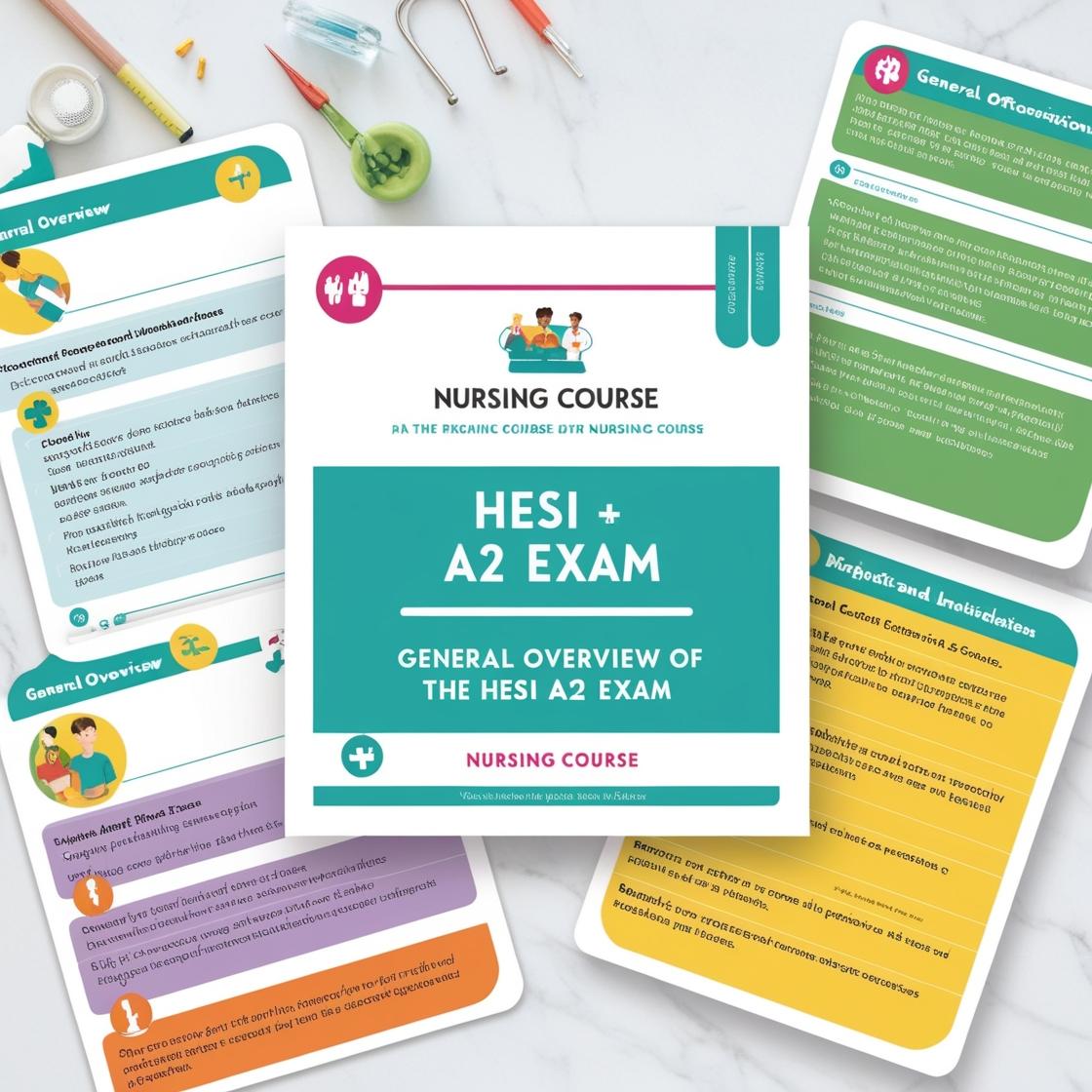HESI A2
HESI A2 Chemistry Practice Test
1. Different isotopes of a particular element contain the same number of
- A. Protons
- B. Neutrons
- C. Protons and neutrons
- D. Protons, neutrons, and electrons
Correct answer: A
Rationale: Different isotopes of a particular element contain the same number of protons. Isotopes are defined by the number of neutrons they have, which can vary while the number of protons remains the same. This is because the number of protons in an atom determines its elemental identity. Choice B - Neutrons is incorrect because isotopes can have different numbers of neutrons. Choice C - Protons and neutrons is incorrect because the number of neutrons can vary in isotopes. Choice D - Protons, neutrons, and electrons is incorrect because electrons are not fixed and can vary in an atom, but the number of protons is what defines the element.
2. How many amino acids are essential for human life?
- A. 22
- B. 20
- C. 18
- D. 24
Correct answer: B
Rationale: There are 20 essential amino acids required for human life. These amino acids cannot be synthesized by the body and must be obtained through the diet. They play crucial roles in various physiological functions and are necessary for protein synthesis and overall health. Choice A is incorrect because there are not 22 essential amino acids. Choice C is incorrect as there are more than 18 essential amino acids. Choice D is incorrect as there are not 24 essential amino acids for human life.
3. Which of the following statements, if any, are correct?
- A. pH is a measure of the effective concentration of hydrogen ions in a solution and is approximately related to the molarity of H+ by pH = - log [H+]
- B. pH is a measure of the effective concentration of oxygen ions in a solution and is not related to the molarity of O+ by pH = - log [O+]
- C. pH is a measure of the effective concentration of hydrogen atoms in a solution and is not directly related to the polarity of H+ by pH = - log [H+]
- D. Acidity is a measure of the effective concentration of hydrogen ions in a solution and is not directly related to the molarity of H+ by pH = - log [H+]
Correct answer: A
Rationale: Statement A is correct. pH is a measure of the effective concentration of hydrogen ions in a solution, and it is related to the molarity of H+ by the formula pH = - log [H+]. This equation illustrates the logarithmic relationship between pH and the concentration of hydrogen ions. Oxygen ions and hydrogen atoms are not directly related to pH in the same manner as hydrogen ions. Acidity is determined by the concentration of hydrogen ions in a solution, and this concentration is what pH measures. Therefore, option A is the only statement that correctly defines the relationship between pH and the concentration of hydrogen ions in a solution. Choices B, C, and D are incorrect as they provide inaccurate information about the relationship between pH and the ions/atoms mentioned. Option B incorrectly associates pH with oxygen ions, option C mentions hydrogen atoms instead of hydrogen ions, and option D confuses acidity with pH, which is a measure of hydrogen ion concentration, not molarity.
4. What are mixtures of 2 or more metals called?
- A. Solutions
- B. Alloys
- C. Compounds
- D. Suspensions
Correct answer: B
Rationale: Alloys are mixtures of two or more metals, combining their properties to create materials with enhanced characteristics. Examples of alloys include bronze (copper and tin) and steel (iron and carbon). Alloys are commonly used in various industries due to their improved strength, durability, and other desirable qualities. Solutions (Choice A) refer to a homogeneous mixture of two or more substances, where one substance is dissolved in another. Compounds (Choice C) are substances composed of two or more elements chemically combined in fixed proportions. Suspensions (Choice D) are heterogeneous mixtures where particles are dispersed but can settle out over time.
5. Who was the English scientist who made accurate observations on how pressure and volume are related?
- A. Charles
- B. Combine
- C. Boyle
- D. Gay-Lussac
Correct answer: C
Rationale: The English scientist who made accurate observations on how pressure and volume are related was Robert Boyle. Boyle's law states that the pressure of a gas is inversely proportional to its volume when the temperature is constant. This fundamental gas law was discovered by Robert Boyle in the 17th century and laid the groundwork for our understanding of the behavior of gases. Choices A, B, and D are incorrect. Charles refers to Charles's law, not Boyle. Combine is not related to the topic, and Gay-Lussac is associated with Gay-Lussac's law, not Boyle's law.
Similar Questions

Access More Features
HESI A2 Basic
$99/ 30 days
- 3,000 Questions with answers
- 30 days access @ $99
HESI A2 Premium
$149.99/ 90 days
- Actual HESI A 2 Questions
- 3,000 questions with answers
- 90 days access @ $149.99
